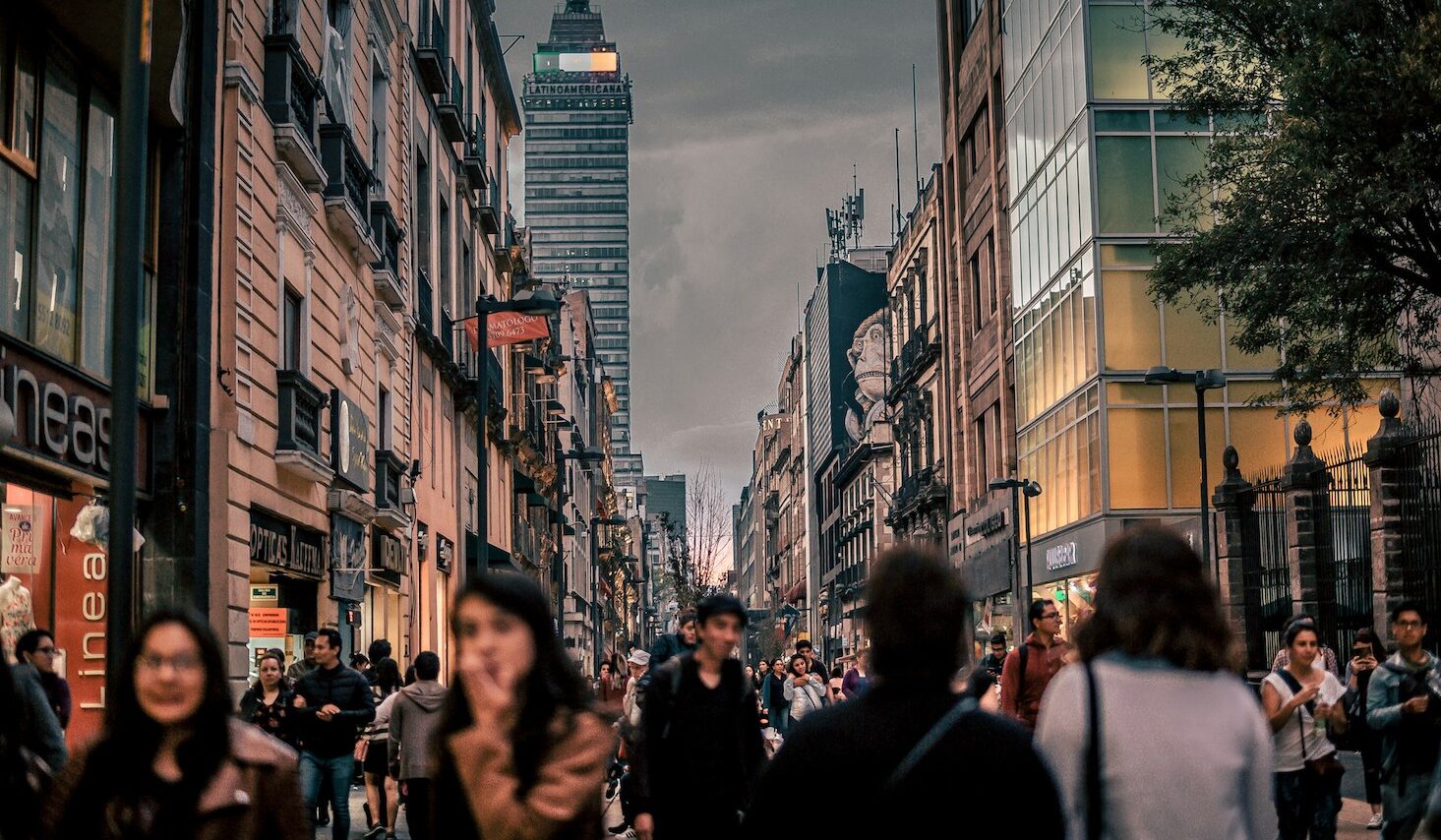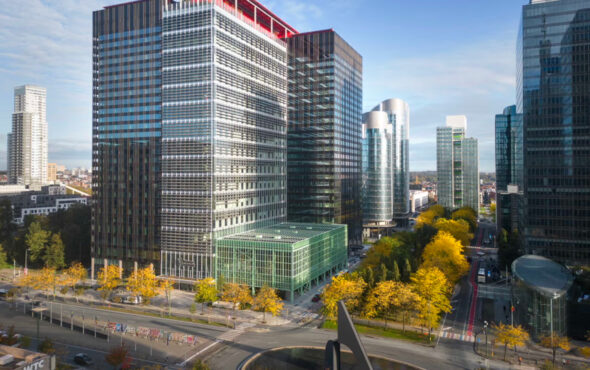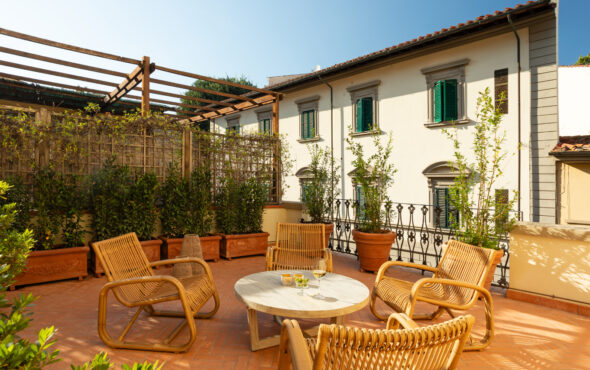
Back in 2013, if it were an independent country Mexico City (known variously as Ciudad de México, CDMX and DF), would have been the fifth-largest economy in Latin America. It is simply massive, and has one of the most varied, sensorially stimulating energies you’ll find. An architectural paradise, a food-lover’s utopia and, above all, a chaotic beautiful unforgettable place to experience. So, how should one experience it? Let’s begin.
The queer scene has always been vital but has grown exponentially in the 2020s. In terms of legislation, equal marriage has been legal in the city since 2009 (the first place in Mexico to do so) and it also recognises same-sex unions. This makes the city generally tolerant and accepting. It’s recommended to stick to neighbourhoods which have a friendlier reputation though, as sadly like anywhere, hate crimes exist. For that reason, we’d stay in and stay mainly around Juarez, Roma, Condesa, Polanco, Escandón, and Santa Maria la Ribera. PDA is very much a thing through the city though, so in these places especially, you will see queer affection all around.
Zona Rosa
The pink zone is in Juarez, and has been present in one form or another there since the 1950s. This is the hub of the capital’s gay community, and is where Pride is hosted each June. In this area alone there’s over 50 LGBTQ+ nightlife venues and bars. If you want to call one small part of CDMX home, this will do very well. If you’re not sure you’re there, check the floor, its iconic pink cobblestone streets will indicate home. Calle Amberes is the main street in the area, you’ll find everything you need. Of course, for the more alternatively curious, other places might be more to your taste.
View this post on Instagram
Underground parties
There’s obviously a bunch of recurring parties in Mexico City, and a good swathe of them are LGBTQ+, some are more catered to gay men only. Fixxion and Por Detroit are more for anyone wanting a good night, focussed on more eurocentric rave ideas than anything specifically queer, though very accommodating and sometimes including dark rooms in the latter’s case. Brutal is another night, techno focussed and a little more queer. CERDOS is a new kid on the block, you can locate it on Instagram. And then, of course, there’s Pervert, the biggest on the scene – very much a dance and fuck spot, darkrooms and late nights guaranteed. Generally these will happen in the more progressive neighbourhoods, but a cab can be advised when they’re more obscurely hidden, or you’re travelling at rogue hours. For something more permanently on, Tom’s leather bar will cater to men (and is, for those interested, predominantly dark room).
La Perla
For something to tick both the party and queer history itch, La Perla. A cabaret open Fridays and Saturdays, which has been running since 1946 (peaking in popularity in the 1990s). You’ll want to rock up early to get a good table, as early as 9pm, things truly kick off from 11.
Sodome
Between Roma and Polanco, you’ll find this unassuming sauna that has become something of a party destination, even hosting boiler room events. It’s CDMX’s only European style bath house, but also has a lobby which becomes a dancefloor, an upstairs containing a foam room and a (very active) dark room – you may see these called Cuarto Oscuro when there. There’s bars throughout, and of course, steam rooms and Turkish baths. It isn’t the cheapest entry, but contains a world of ways to unwind (wildly), all night long. For a more traditional bath house, Baños Finisterre is accessible and also in a safe area. It is listed as a public toilet on Google, it’s often quite sparsely populated due to the size, but is also a good place for secluded, intimate cruising.
View this post on Instagram
FLINTA-friendly spots
While there’s a few male-only venues, most do have at least days if not generally open doors to all genders. Kinky Bar (formerly Lipstick) is also a great established bar – Thursday nights are supposed to be more lesbian-themed, La Purisima is also a favoured spot among locals who are not male, as is Revuelta Queer House.
Drag
There’s loads, but Club Roshell is a great place to head for. Super friendly, super energetic, this is exactly how you’d imagine Mexico City doing a drag night. Staff have even been known to help you top up make-up. A social clun in theory, this space does everything from a quiet drink to comedy nights to sweaty dancefloors.
A brief note on opening times
It’ll likely save you at least once on the trip if you check venue Instagram pages regularly in case there is a last minute change of plan.
View this post on Instagram
More leisurely activity
Of course it doesn’t all have to be parties. Mexico City is home to more museums than you’ll ever manage to visit, for example, as well as gorgeous brutalist and art deco architecture, and of course centuries of rich and varied history.
Among the most popular attractions (and worth visiting) are Zocalo, Chapultepec Park, the Palacio de Bellas Artes, and the Museo Frida Kahlo. Teotihuacan, a well preserved ancient city short trip out of the city, is also worth a day. There are dedicated LGBTQ+ centers with exhibitions on also.
Queer safety
Despite a thriving muxe population in the Oaxaca region, Mexico is considered the second most dangerous country in the world to be trans, according to many human rights groups.
While Mexico City will be relatively tolerant, it is still important to stress that in 2020 the United Nations wrote “Trans women in Mexico City [are] an often persecuted group”. Sticking to LGBTQ+ accepting areas and travelling in groups is highly recommended.
Also, public drinking is illegal in Mexico – and it’s reportedly the instigated for less than savoury confrontations with police. Worth remembering, especially where parties spill out onto the streets.

